Hidden gems around the world offer authentic travel experiences without the crowds, commercialization, and inflated prices that plague popular tourist destinations. These places provide genuine cultural encounters, pristine natural environments, and the sense of discovery that makes travel truly transformative rather than merely recreational.
The most rewarding adventures happen in places where tourism infrastructure remains minimal and local communities maintain traditional ways of life. Here is a list of 15 off-the-beaten-path destinations that offer extraordinary experiences for intrepid travelers.
Faroe Islands
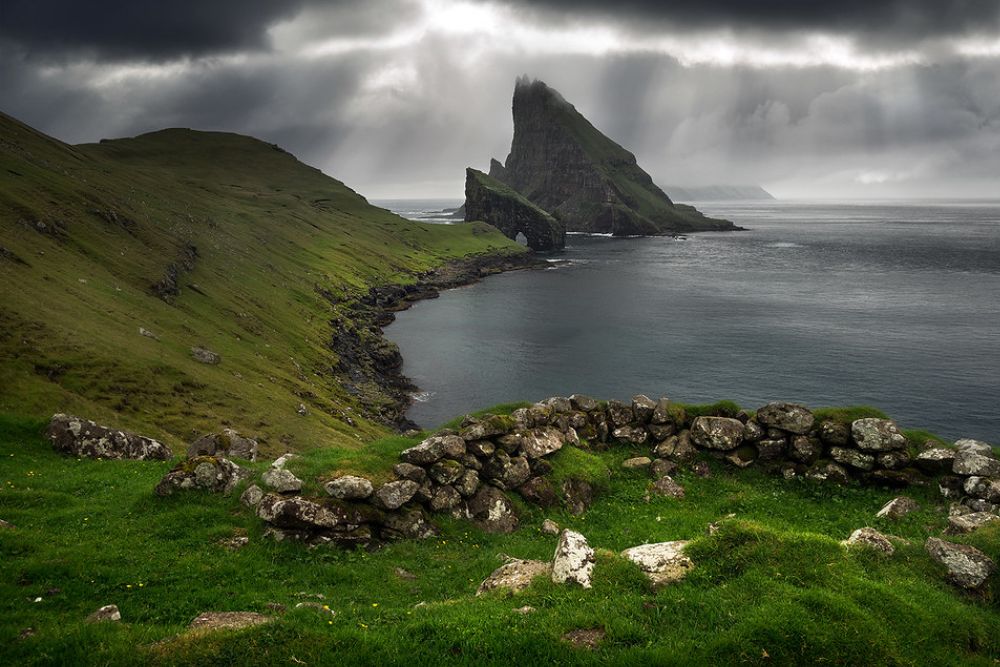
This North Atlantic archipelago maintains Nordic culture largely untouched by mass tourism while offering dramatic landscapes where grass-roof houses dot clifftops overlooking some of Europe’s most pristine coastlines. Traditional fishing villages connect via tunnels that burrow through mountains, while hiking trails lead to waterfalls that plunge directly into the ocean. Local restaurants serve ingredients foraged from hillsides and caught in surrounding waters while maintaining culinary traditions that reflect centuries of island self-sufficiency.
The unpredictable weather and remote location ensure that visitors experience the islands much as locals do — with patience, preparation, and appreciation for natural beauty.
Raja Ampat, Indonesia
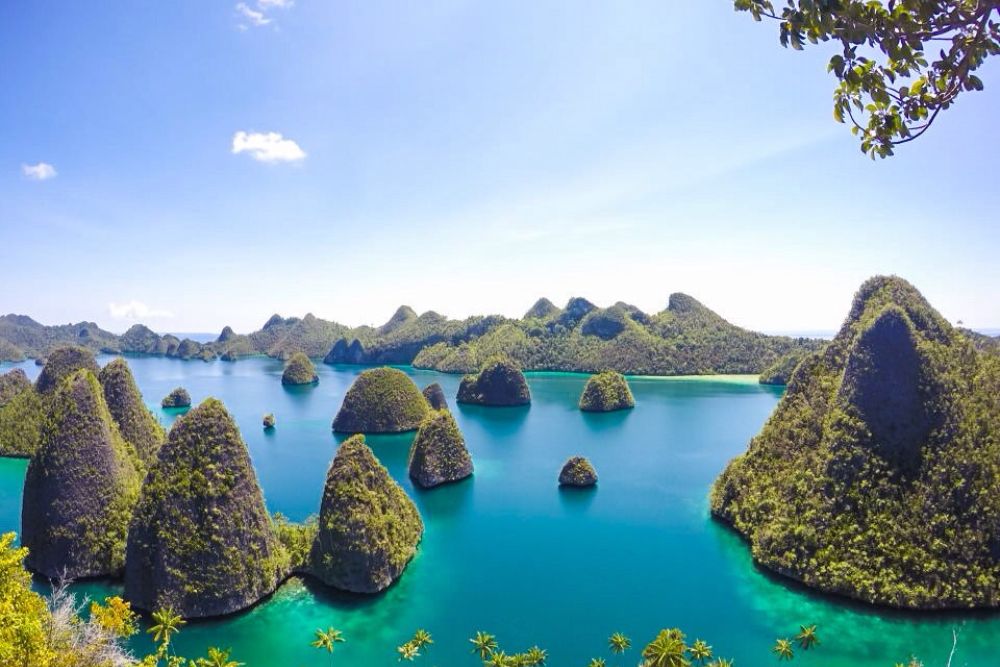
Remote islands off Papua’s coast contain marine biodiversity that scientists consider the richest on Earth, though accessing this underwater paradise requires significant planning and commitment to sustainable tourism. Traditional fishing communities welcome visitors who respect local customs while providing access to dive sites where coral reefs remain largely untouched by bleaching or development.
The region’s isolation means tourist infrastructure remains minimal, creating authentic encounters with indigenous cultures that maintain traditional boat-building and fishing techniques. Liveaboard diving boats provide the primary access method while supporting conservation efforts that protect both marine life and local livelihoods.
Like Travel Pug’s content? Follow us on MSN.
Socotra Island, Yemen
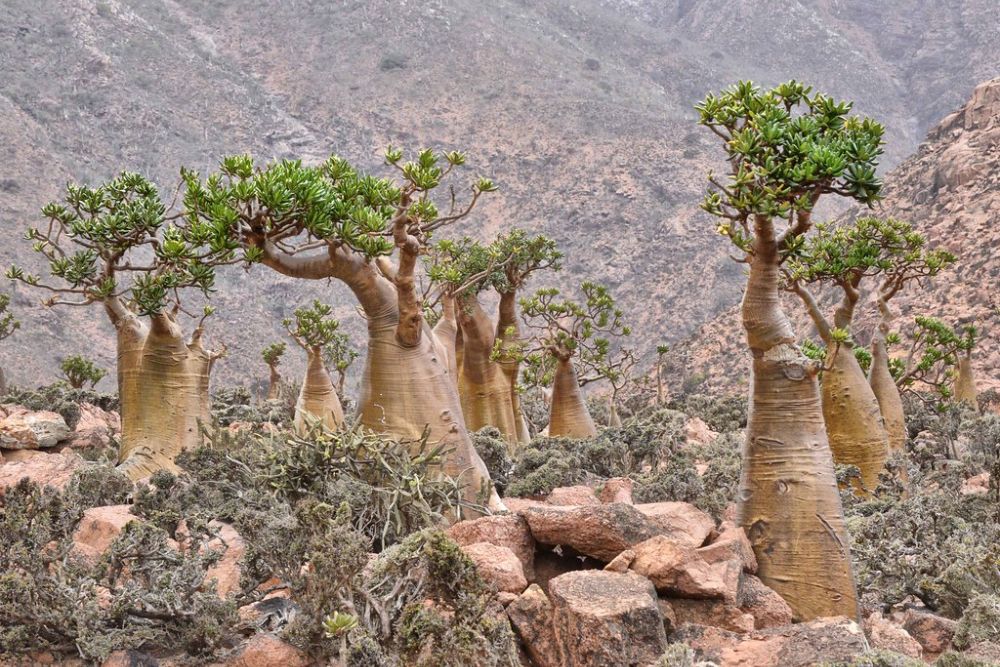
This Arabian Sea archipelago evolved in isolation to produce landscapes that seem more alien than terrestrial, with endemic species like dragon’s blood trees creating environments found nowhere else on Earth. Traditional fishing and herding communities maintain customs shaped by centuries of geographic separation while speaking Soqotri, a language unrelated to Arabic that exists only on these islands.
The lack of tourist infrastructure means visitors must be self-sufficient while respecting local customs and environmental fragility. Bottle trees, desert roses, and other endemic flora create botanical gardens that nature designed without human intervention.
Kamchatka Peninsula, Russia
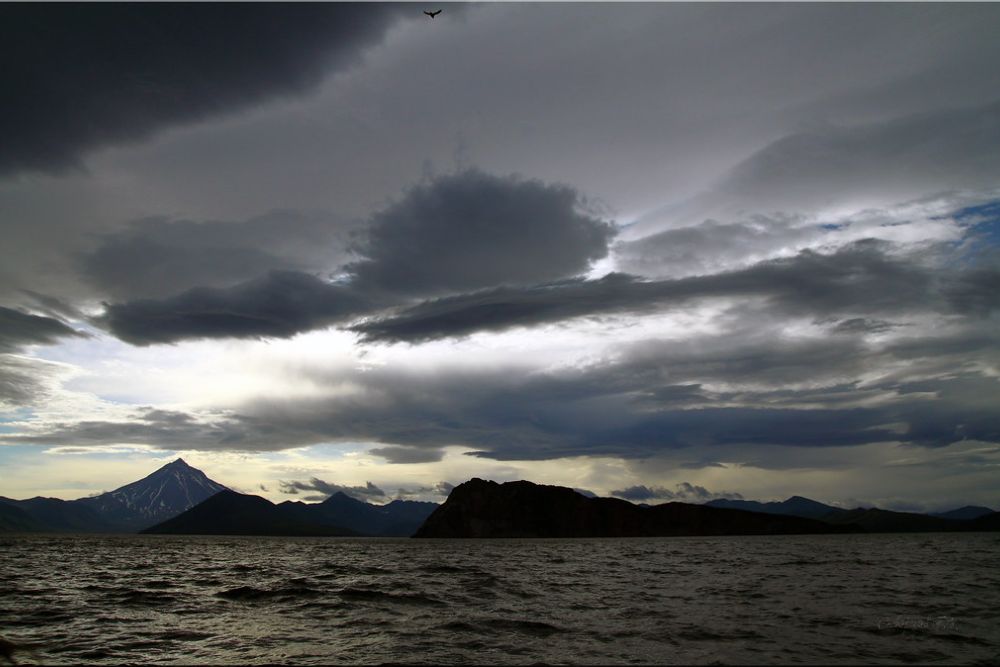
This volcanic peninsula remained closed to outsiders until the Soviet Union collapsed, preserving wilderness areas where brown bears outnumber humans and active volcanoes reshape landscapes continuously. Helicopter access provides the only way to reach many areas, while guided expeditions ensure safety in environments where wildlife encounters and volcanic activity require constant awareness.
Traditional Indigenous communities maintain reindeer herding and fishing practices while welcoming respectful visitors who understand the region’s ecological sensitivity. Hot springs, geyser valleys, and pristine salmon runs create natural spectacles that few places on Earth can match.
Mergui Archipelago, Myanmar
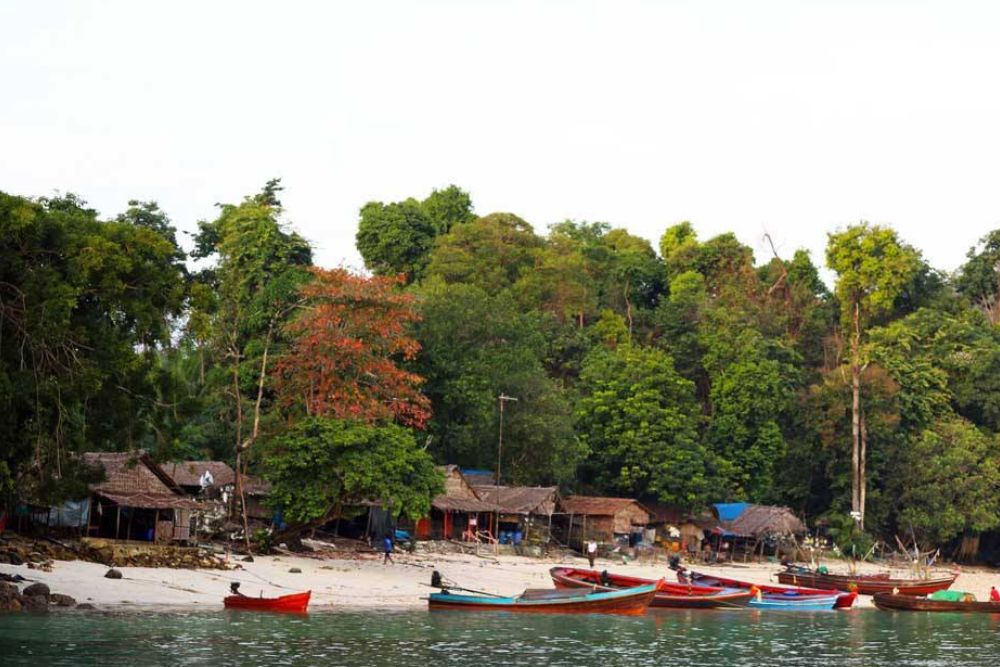
Over 800 largely uninhabited islands create a tropical paradise where traditional sea nomad communities maintain boat-dwelling lifestyles that have remained unchanged for centuries. Military restrictions limited access until recently, preserving coral reefs and tropical forests that mass tourism hasn’t yet discovered or degraded.
Traditional longtail boats provide transportation between islands while local guides share knowledge about marine life, traditional fishing techniques, and navigation methods passed down through generations. The absence of resort development means accommodations consist primarily of camping or staying with local families who welcome cultural exchange.
Like Travel Pug’s content? Follow us on MSN.
Svaneti, Georgia
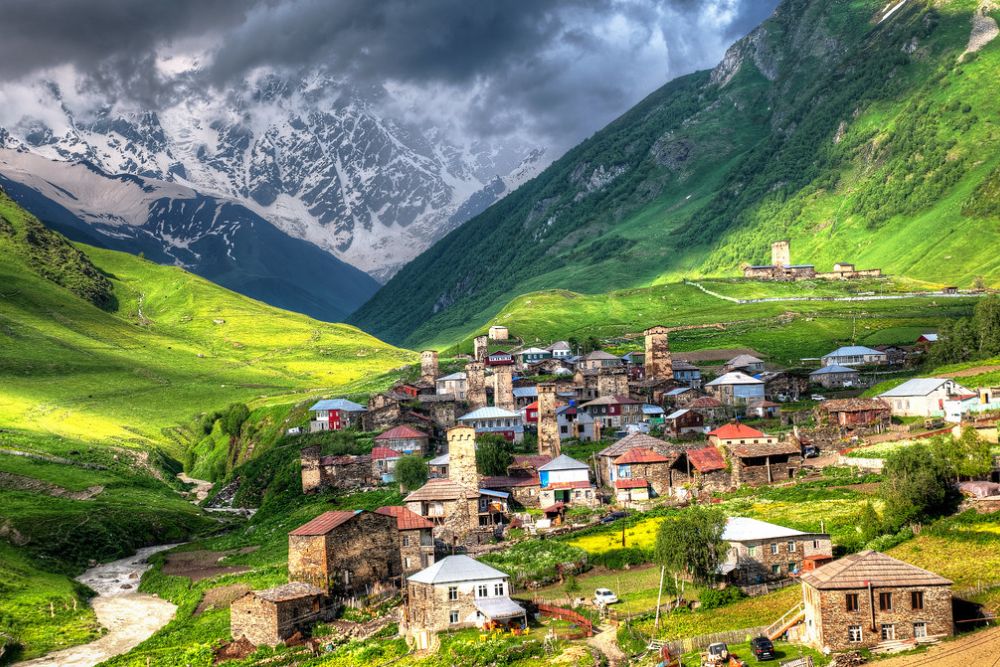
Medieval towers dot mountain valleys where Georgian highlander culture survived centuries of invasion and Soviet suppression while maintaining traditions that include polyphonic singing, ancient winemaking, and architectural techniques that UNESCO recognized as world heritage. Remote villages require off-road vehicles or hiking to reach while offering homestay experiences with families who prepare traditional feasts and share stories about regional history.
The Greater Caucasus mountains provide hiking opportunities where trails connect villages that have maintained the same locations for over a thousand years. Traditional supra (feast) gatherings include elaborate toasts and cultural exchanges that welcome respectful visitors into genuine community celebrations.
Fernando de Noronha, Brazil
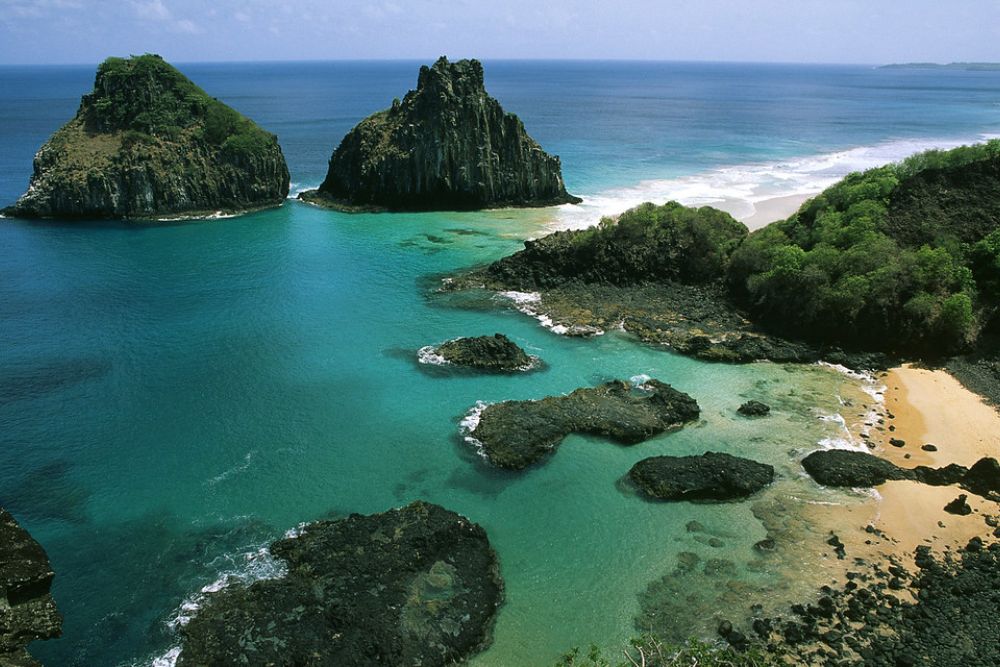
This volcanic archipelago limits visitor numbers to protect marine ecosystems where dolphins, sea turtles, and tropical fish thrive in waters that remain largely pristine despite Brazil’s coastal development pressures. Access requires planning and environmental fees, while accommodations consist primarily of local pousadas that support island communities rather than international resort chains.
Diving and snorkeling reveal underwater landscapes where marine life shows little fear of humans, while hiking trails lead to viewpoints that overlook some of South America’s most pristine coastlines. Traditional fishing communities maintain sustainable practices while welcoming visitors who respect both environmental regulations and local customs.
Lofoten Islands, Norway
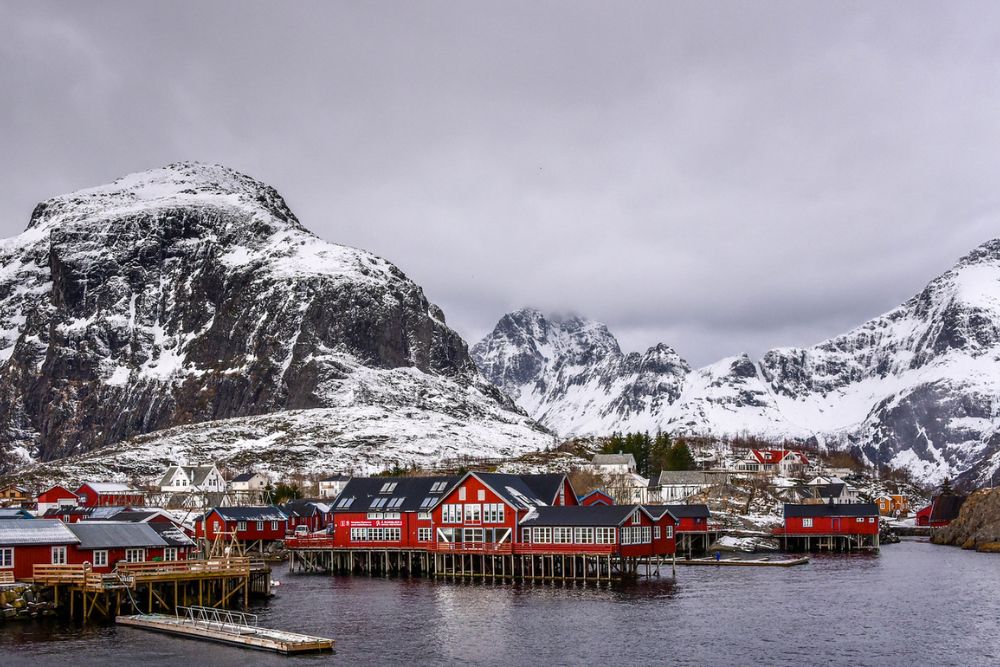
Arctic Circle conditions create dramatic landscapes where traditional fishing villages nestle beneath peaks that rise directly from the Norwegian Sea while maintaining cultural traditions that span centuries of Arctic survival. Traditional rorbu (fishermen’s cabins) provide authentic accommodation experiences while offering access to hiking, fishing, and cultural activities that reflect local heritage.
The midnight sun and polar night create unique seasonal experiences, while aurora borealis displays provide natural entertainment that surpasses any human-created spectacle. Modern amenities exist alongside traditional ways of life, creating comfortable access to authentic Arctic experiences.
Like Travel Pug’s content? Follow us on MSN.
Kangaroo Island, Australia
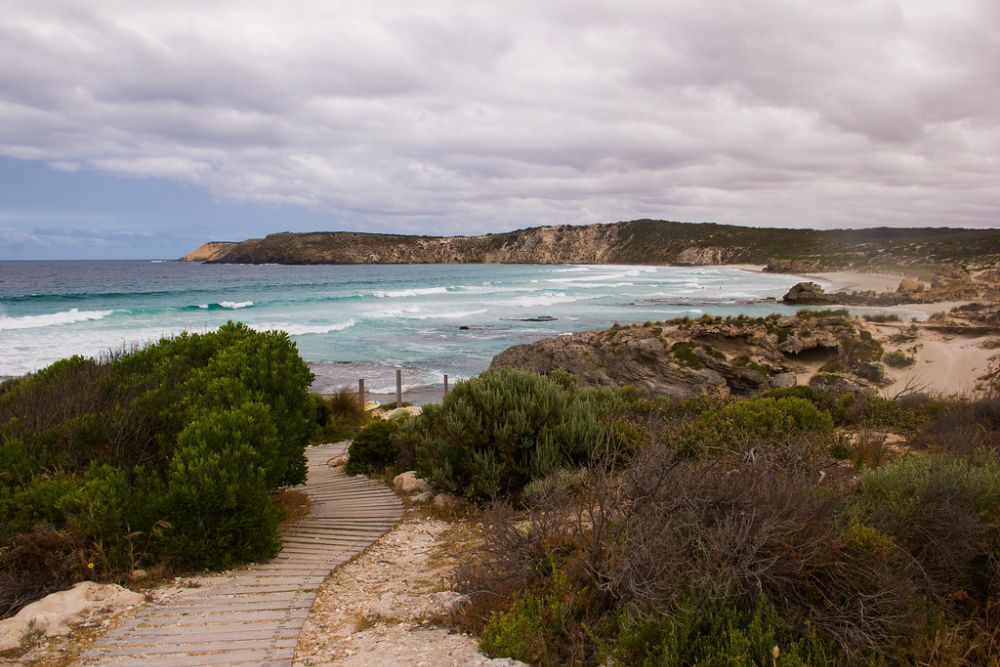
This South Australian island maintains wildlife populations and pristine environments that demonstrate what much of Australia looked like before European settlement, while offering accommodation options that support conservation rather than exploitation. Native animals show little fear of humans while maintaining natural behaviors in environments free from introduced predators that plague mainland Australia.
Local food producers offer tastings of honey, wine, and agricultural products that reflect the island’s isolation and commitment to sustainable practices. The absence of large-scale tourism development means visitors experience Australia’s natural heritage without commercialization, which affects more accessible destinations.
Azores, Portugal
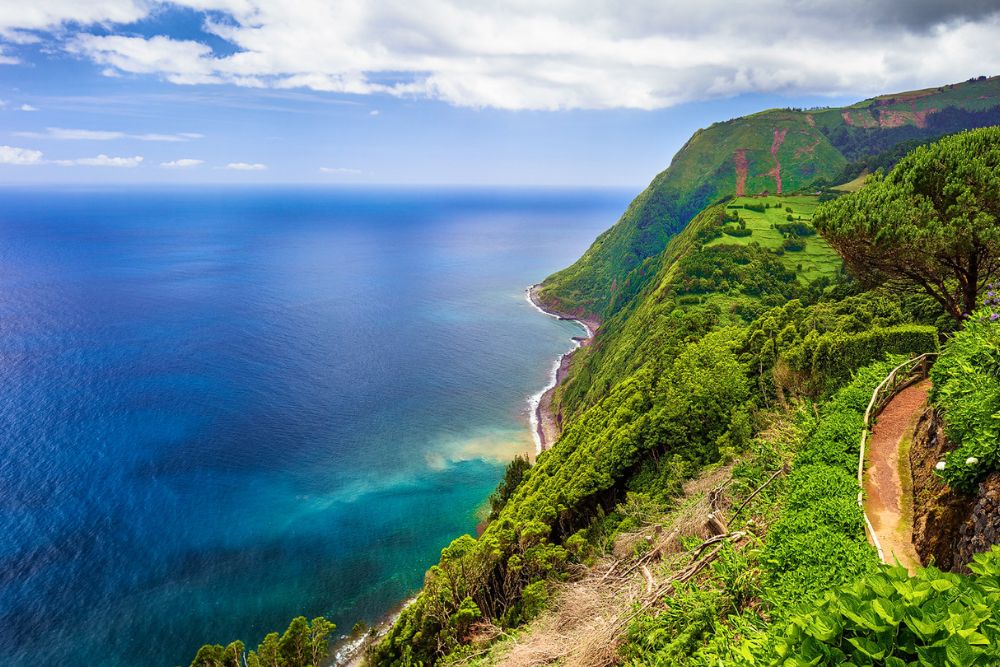
These mid-Atlantic volcanic islands maintain Portuguese culture alongside geological features that include crater lakes, hot springs, and landscapes that seem more reminiscent of Hawaii than Europe. Traditional farming and fishing communities welcome visitors while maintaining lifestyles that reflect centuries of island self-sufficiency and adaptation to volcanic conditions.
Whale watching, hiking, and thermal springs provide activities that showcase the islands’ natural heritage while supporting local economies that remain largely independent of mass tourism. Traditional festivals and religious celebrations offer cultural experiences that reflect genuine community traditions rather than tourist entertainment.
Palawan, Philippines
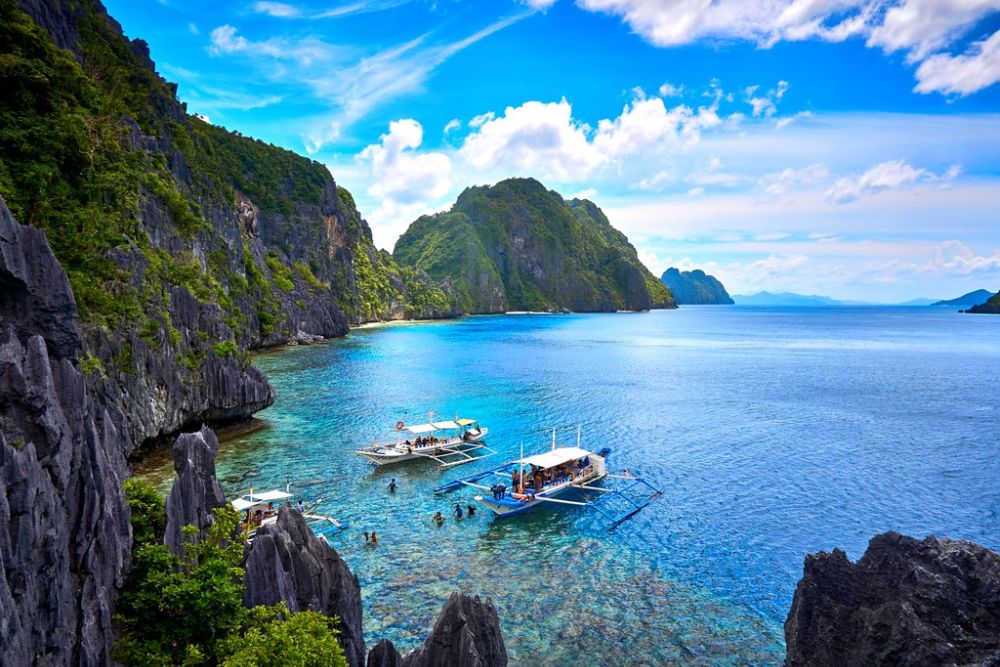
The country’s least developed major island combines pristine beaches, underground rivers, and coral reefs with indigenous communities that maintain traditional hunting, fishing, and agricultural practices largely unchanged by modern development. El Nido and Coron offer access to limestone karst landscapes where lagoons and beaches remain largely undeveloped while supporting local communities through sustainable tourism practices.
Traditional bangka boats provide transportation while local guides share knowledge about marine ecosystems and traditional fishing techniques that visitors can observe and sometimes participate in. The island’s isolation and environmental protection laws preserve both natural heritage and cultural traditions.
Like Travel Pug’s content? Follow us on MSN.
Ladakh, India
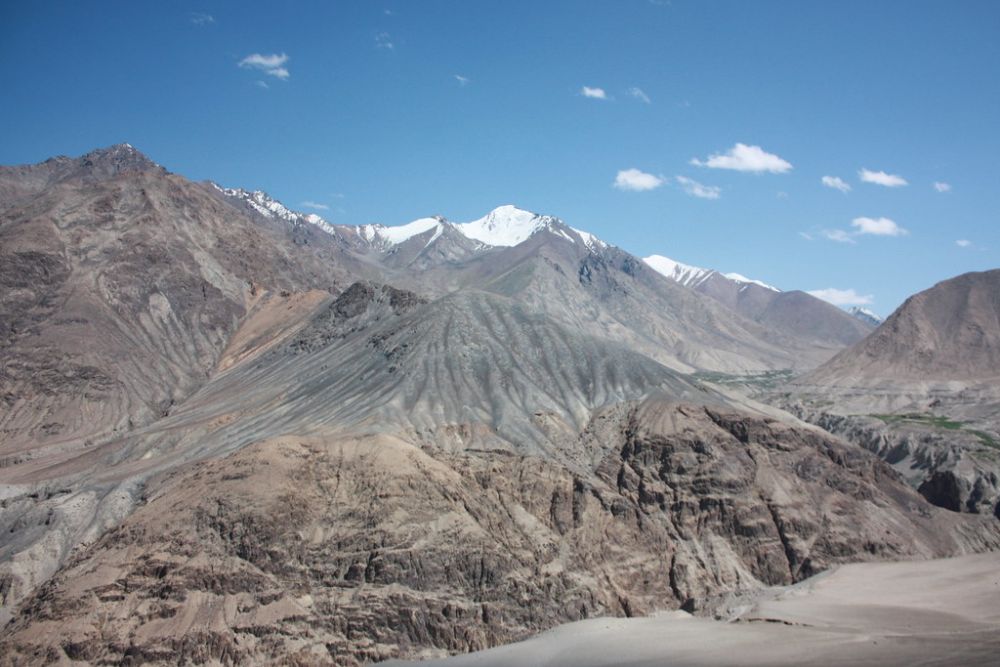
This high-altitude desert region maintains Tibetan Buddhist culture while offering landscapes that combine Himalayan peaks with desert conditions that create environments unlike anywhere else on Earth. Traditional monasteries welcome visitors for meditation retreats and cultural exchanges while maintaining religious practices that span over a thousand years.
Local homestays provide authentic cultural experiences while supporting communities that practice traditional agriculture and animal husbandry adapted to extreme altitude and climate conditions. The short summer season and difficult access ensure that tourism remains limited while providing economic support for traditional communities.
Easter Island, Chile
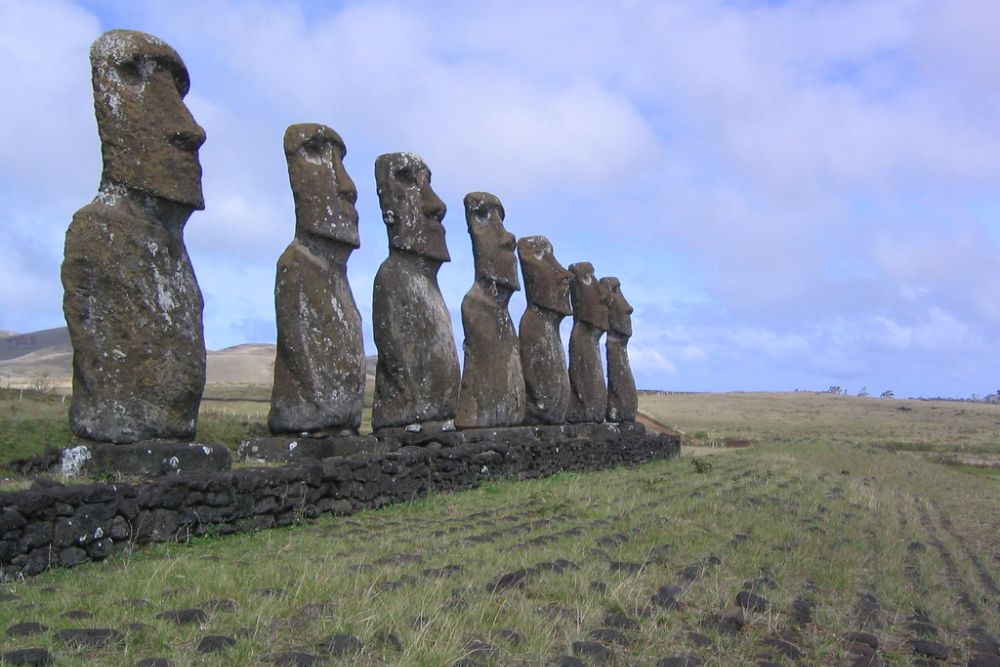
The world’s most isolated inhabited island maintains Polynesian culture alongside archaeological mysteries that include nearly 1,000 moai statues whose construction and purpose continue to puzzle researchers. Traditional Rapa Nui communities welcome visitors while working to preserve both cultural heritage and environmental resources that centuries of isolation and limited resources have made precious.
Local guides share oral traditions and archaeological knowledge while leading visitors to sites that demonstrate both ancient engineering capabilities and contemporary conservation challenges. The island’s remoteness — over 2,000 miles from the nearest populated land — ensures that reaching it requires significant commitment and planning.
Vanuatu
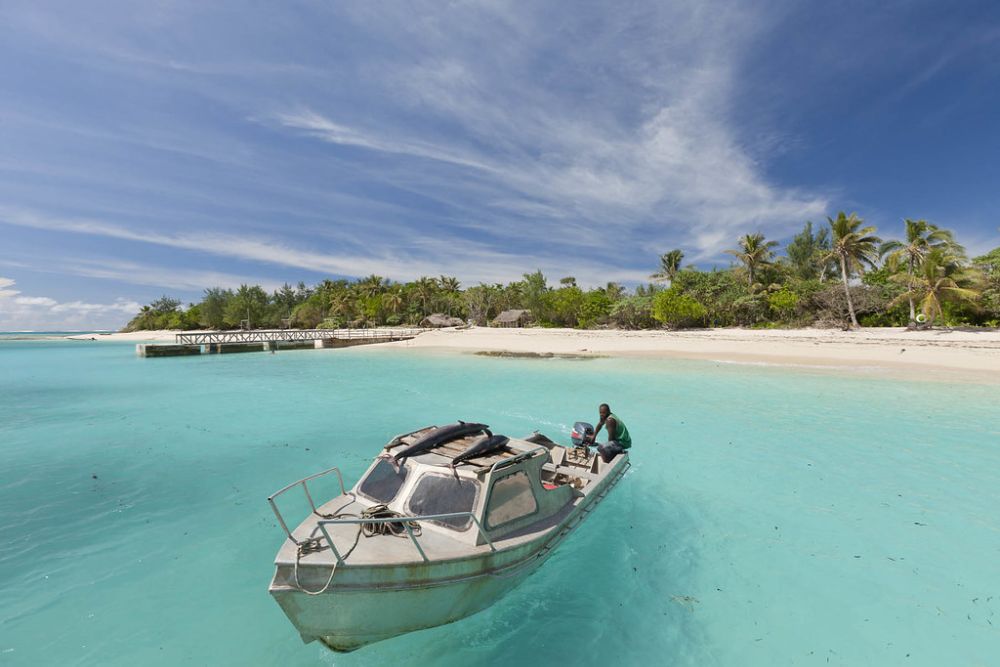
This Pacific archipelago maintains some of the world’s most diverse indigenous cultures while offering active volcanoes, pristine coral reefs, and traditional communities that welcome cultural exchange on their terms. Over 100 indigenous languages survive alongside traditional practices that include sand drawing, traditional navigation, and ceremonial customs that UNESCO recognizes as intangible cultural heritage.
Village visits provide authentic cultural experiences while supporting communities that maintain traditional agriculture, fishing, and crafts that visitors can observe and sometimes participate in. The absence of large-scale resort development means tourism directly benefits local communities while preserving cultural authenticity.
Like Travel Pug’s content? Follow us on MSN.
Svalbard, Norway
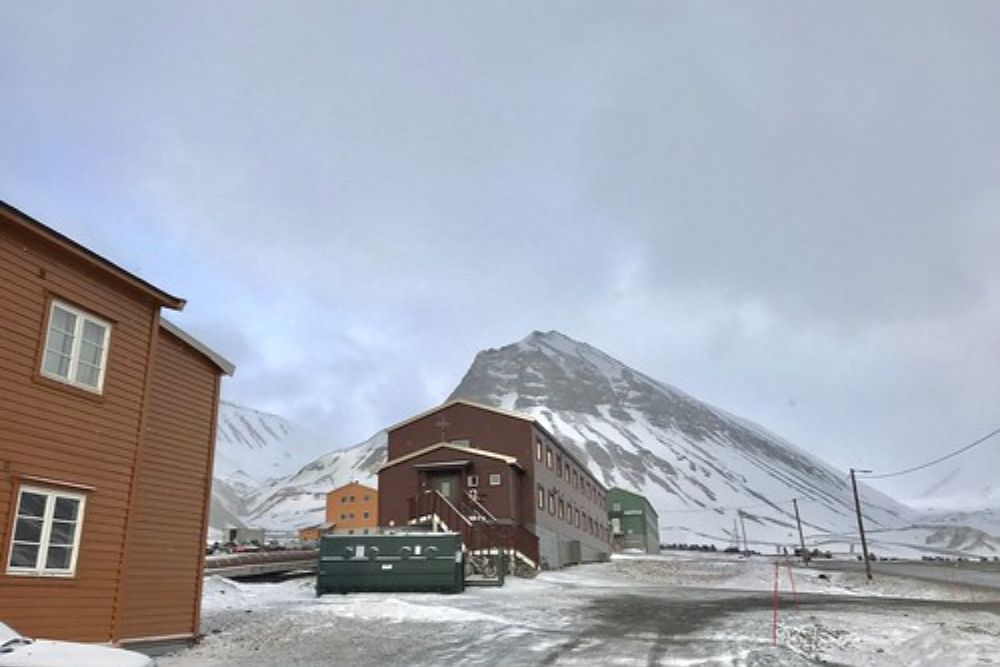
The world’s northernmost settlement maintains a human presence in extreme Arctic conditions while offering wildlife encounters where polar bears, Arctic foxes, and marine mammals thrive in environments largely unaffected by human development. Traditional coal mining history blends with contemporary Arctic research while creating communities that demonstrate human adaptation to extreme environmental conditions.
Guided expeditions ensure safety while providing access to glaciers, tundra, and wildlife that few places on Earth can match. The polar night and midnight sun create seasonal experiences that challenge human adaptation while showcasing natural phenomena that define Arctic life.
Beyond the Tourist Trail

These destinations prove that extraordinary travel experiences require venturing beyond comfort zones and popular itineraries to discover places where authentic culture and pristine environments survive largely intact. The most rewarding adventures happen when travelers embrace uncertainty, respect local communities, and prioritize discovery over convenience.
Whether seeking wildlife encounters in remote archipelagos or cultural immersion in mountain villages, these off-the-beaten-path destinations offer transformative experiences that connect visitors to both natural wonders and human traditions that mass tourism hasn’t yet discovered or degraded.
More from Travel Pug

- 20 Best Beach Towns in the Carolinas
- 13 Destinations Where Tourists Regularly Regret Their Trip
- 20 Things You Actually Get in First Class
- 20 Small Airports With Aviation Museums
- 20 Places in the U.S. That Are Perfect for a Reset Trip
Like Travel Pug’s content? Follow us on MSN.
